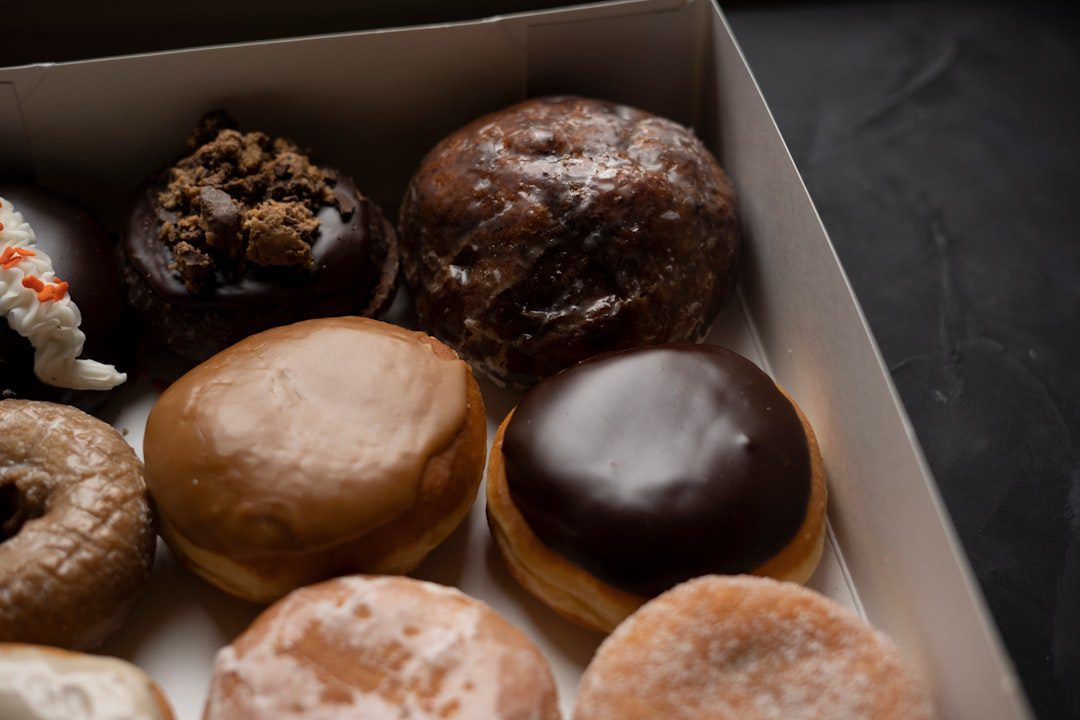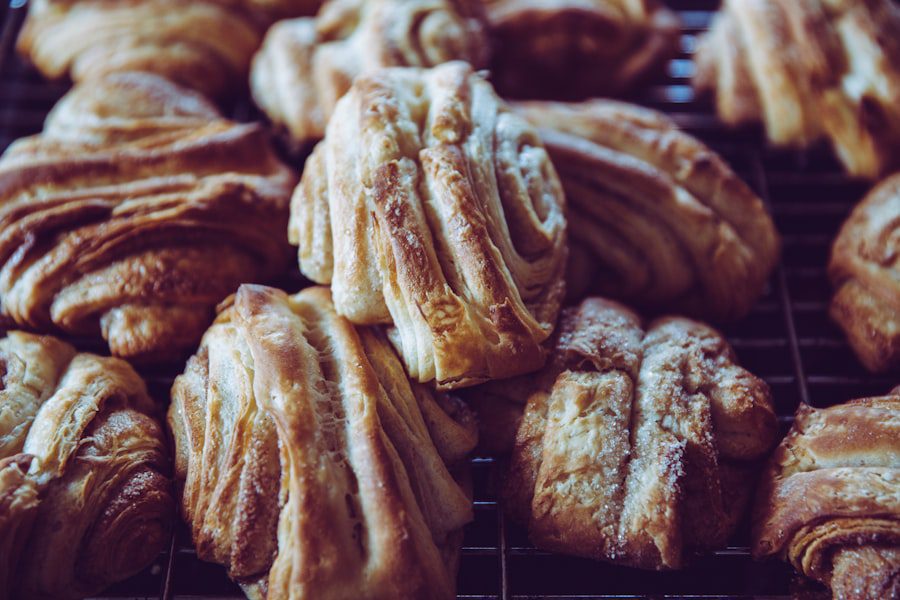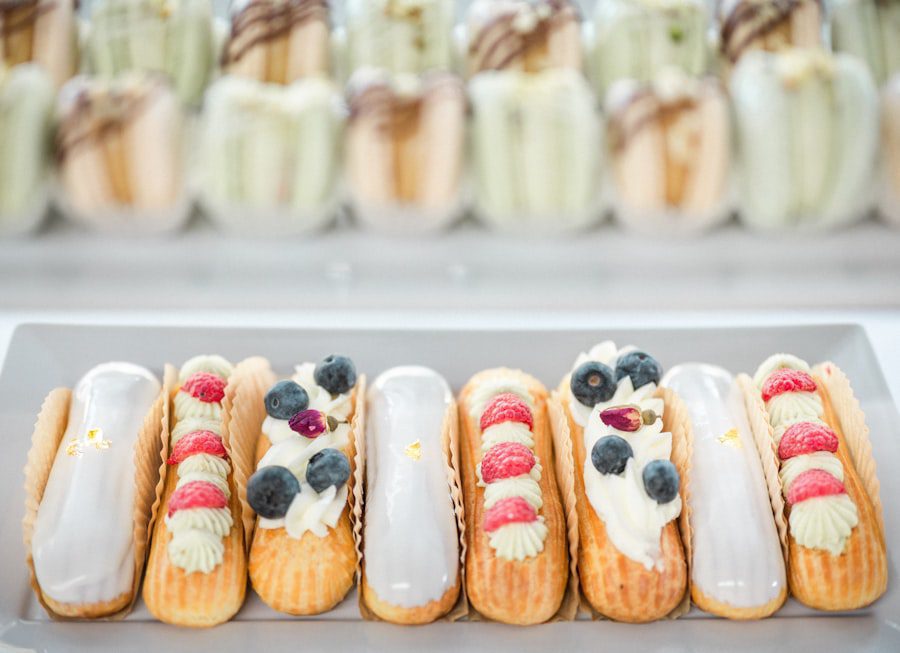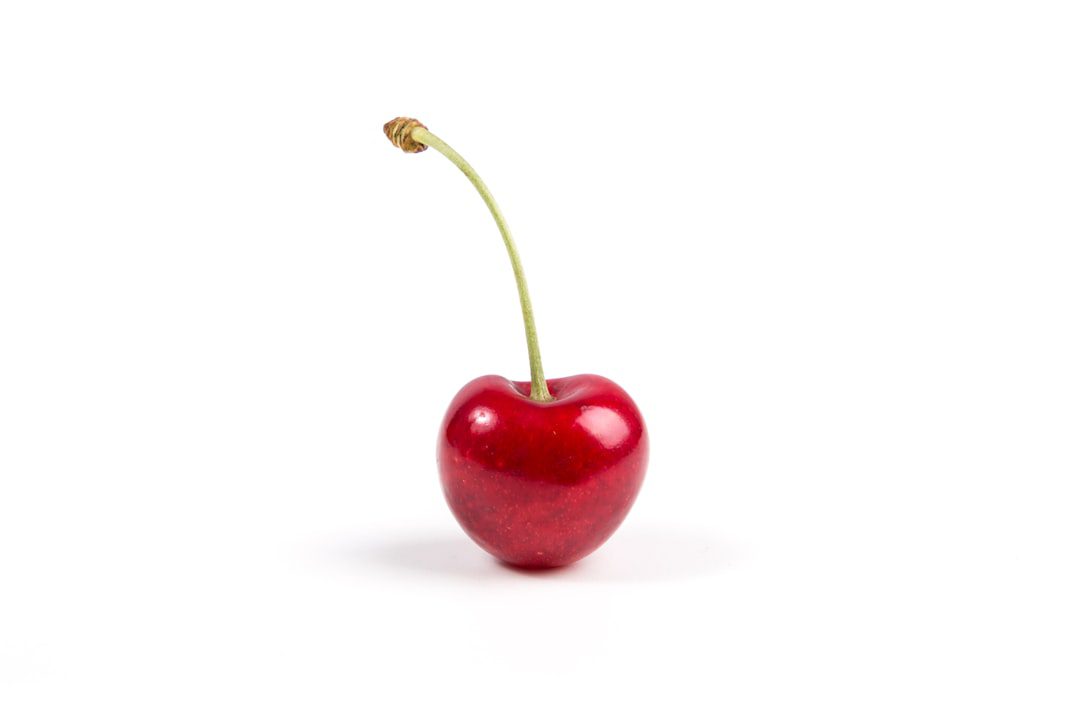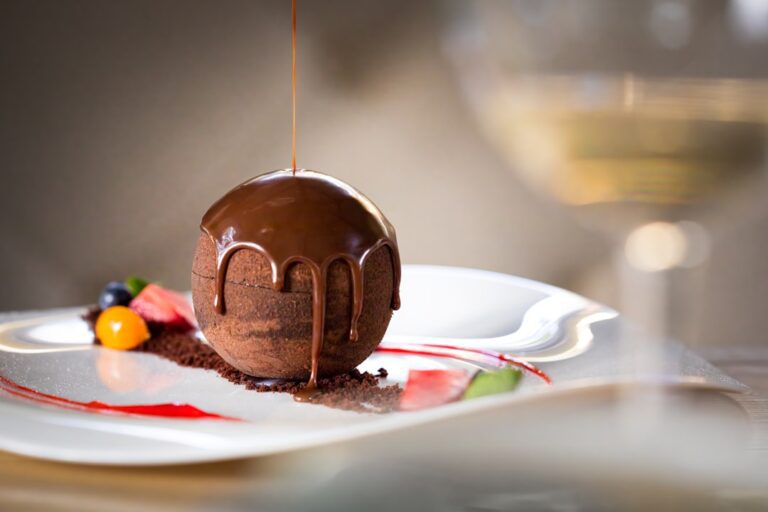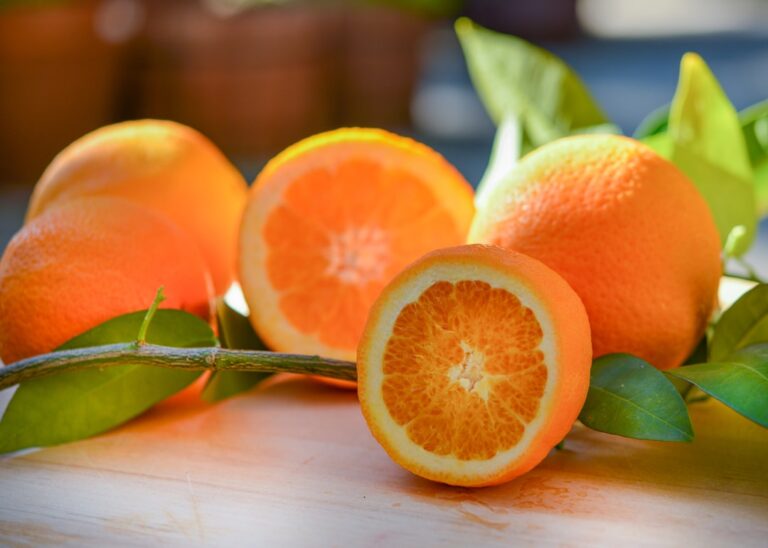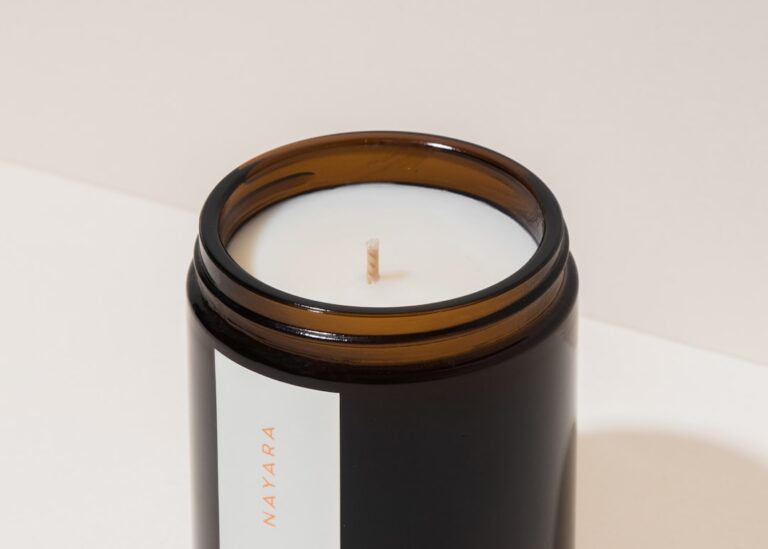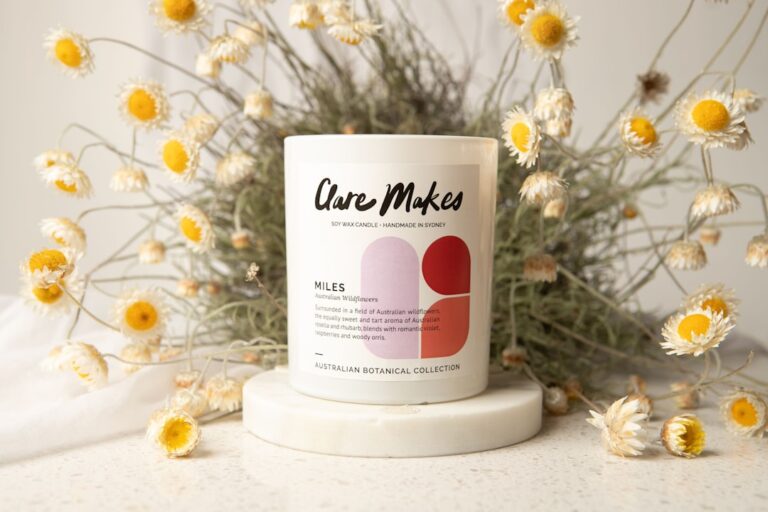Fun and nostalgic food-inspired scents like chocolate, coffee, and vanilla cake.
Scent has an extraordinary ability to transport us back in time, evoking memories and emotions that are often deeply rooted in our experiences. Food-inspired scents, in particular, hold a unique power to trigger nostalgia and joy. The aroma of freshly baked cookies can remind us of childhood afternoons spent in the kitchen with a loved one, while the scent of brewing coffee may evoke memories of cozy mornings spent with family.
These olfactory connections are not merely coincidental; they are grounded in the way our brains process smells and associate them with specific experiences. The emotional resonance of food-related fragrances can be attributed to the close relationship between our sense of smell and memory. The olfactory bulb, which processes scents, is directly linked to the limbic system—the part of the brain that governs emotions and memory.
This connection explains why certain food scents can elicit feelings of comfort, happiness, or even longing. For many, the smell of vanilla cake baking in the oven can conjure images of birthday celebrations or family gatherings, creating a sense of warmth and belonging. In this way, food-inspired scents serve as powerful tools for emotional connection, allowing us to relive cherished moments through the simple act of inhaling a familiar aroma.
The Science Behind Food-Inspired Scents: How Our Brain Reacts to Smells of Chocolate, Coffee, and Vanilla Cake
The science behind our reactions to food-inspired scents is a fascinating interplay between biology and psychology. When we encounter a scent, volatile compounds are released into the air, which we then inhale. These compounds bind to olfactory receptors in our nasal cavity, sending signals to the brain that are interpreted as specific smells.
Chocolate, coffee, and vanilla cake each contain distinct aromatic compounds that trigger unique responses in our brains. For instance, the scent of chocolate is often associated with pleasure and indulgence due to its rich, complex aroma that contains over 600 different compounds. Research has shown that the smell of chocolate can stimulate the release of endorphins, the body’s natural feel-good chemicals.
This reaction is not just anecdotal; studies have demonstrated that individuals exposed to chocolate scents report increased feelings of happiness and relaxation. Similarly, the aroma of coffee has been linked to heightened alertness and improved mood. The scent of freshly brewed coffee can activate brain pathways associated with reward and motivation, making it a powerful stimulant for both body and mind.
Vanilla cake, with its sweet and comforting fragrance, often evokes feelings of nostalgia and warmth, further enhancing its emotional impact.
Exploring the World of Food-Inspired Fragrances: From Perfumes to Candles
The world of food-inspired fragrances is vast and varied, encompassing everything from perfumes to candles and home fragrances. Perfume houses have increasingly embraced culinary notes in their creations, leading to innovative blends that capture the essence of beloved foods. For example, fragrances that feature notes of caramelized sugar, roasted nuts, or even spices like cinnamon can evoke the warmth and comfort associated with baking.
These perfumes often appeal to those seeking a unique olfactory experience that transcends traditional floral or fruity scents. Candles infused with food-inspired fragrances have also gained popularity as a means to create inviting atmospheres in homes. Scented candles featuring aromas like pumpkin spice or fresh-baked bread can transform a space into a cozy haven reminiscent of family gatherings or festive celebrations.
The act of lighting a candle not only fills the air with delightful scents but also creates a sensory experience that can enhance relaxation and comfort. Additionally, many brands now offer food-inspired home fragrances in various forms, including diffusers and room sprays, allowing individuals to curate their environments with scents that resonate personally.
The History of Food-Inspired Scents: How They Have Been Used in Different Cultures
The use of food-inspired scents is not a modern phenomenon; it has deep historical roots across various cultures. In ancient Egypt, for instance, aromatic oils derived from spices and herbs were used not only for culinary purposes but also for religious rituals and personal adornment. The Egyptians recognized the power of scent in enhancing spiritual experiences and often incorporated fragrant substances like myrrh and frankincense into their ceremonies.
In other cultures, food-inspired scents have been integral to traditional practices. In India, for example, the use of spices such as cardamom and saffron extends beyond cooking; these aromas are often used in incense and perfumes to create an atmosphere conducive to meditation and spiritual reflection. Similarly, in Mediterranean cultures, the scent of olive oil infused with herbs is celebrated not only for its culinary applications but also for its role in enhancing social gatherings and communal meals.
These historical practices highlight how food-inspired scents have transcended mere enjoyment; they have been woven into the fabric of cultural identity and social interaction.
DIY Food-Inspired Scents: How to Create Your Own Chocolate, Coffee, and Vanilla Cake Fragrances at Home
Creating your own food-inspired scents at home can be a rewarding endeavor that allows you to personalize your environment with aromas that resonate with you. One popular method is to make scented oils using essential oils or natural extracts. For a chocolate fragrance, you can combine cocoa absolute or chocolate fragrance oil with a carrier oil like jojoba or sweet almond oil.
This blend can be used as a personal perfume or added to a diffuser for an inviting atmosphere. Coffee-scented oils can be crafted by infusing coffee beans in a carrier oil over several weeks. Simply place coarsely ground coffee beans in a jar, cover them with your chosen oil, and let the mixture sit in a warm place for about two weeks.
Strain out the beans, and you’ll have a rich coffee-scented oil perfect for use in candles or as a massage oil. For a vanilla cake scent, consider using vanilla extract or vanilla essential oil mixed with other complementary scents like almond or buttercream fragrance oils. This combination can evoke the comforting aroma of freshly baked goods wafting through your home.
The Impact of Food-Inspired Scents on Mood and Emotions: How They Can Lift Your Spirits and Reduce Stress
The Calming Effects of Vanilla
Studies have demonstrated that the scent of vanilla can significantly reduce anxiety levels and promote relaxation. This soothing effect has made vanilla a popular choice for aromatherapy practices aimed at stress relief.
The Mood-Boosting Properties of Chocolate
Chocolate scents have been found to elevate mood by triggering positive memories associated with indulgence and comfort. Inhaling these familiar aromas can create an immediate sense of joy and contentment.
The Invigorating Effects of Coffee
Coffee scents play a role in enhancing alertness while providing comfort through their association with morning rituals and social interactions. By incorporating food-inspired scents into daily routines, individuals can create environments that foster positivity and emotional well-being.
The Best Ways to Enjoy Food-Inspired Scents: Tips for Incorporating Them Into Your Daily Routine
Incorporating food-inspired scents into your daily routine can be both enjoyable and beneficial for your mood. One effective way is through the use of scented candles or diffusers placed strategically around your home. Lighting a candle with a comforting aroma like cinnamon rolls or fresh-baked bread during breakfast can enhance your morning routine by creating an inviting atmosphere that sets a positive tone for the day ahead.
Another approach is to use food-inspired fragrances in personal care products such as lotions or body sprays. Opting for products infused with scents like coconut or vanilla can provide an uplifting sensory experience throughout the day. Additionally, consider using essential oils in your bath routine; adding a few drops of chocolate or coffee essential oil to your bathwater can transform an ordinary soak into an indulgent escape that nourishes both body and mind.
The Future of Food-Inspired Scents: New Trends and Innovations in the World of Fragrances
As consumer preferences evolve, the fragrance industry continues to innovate in the realm of food-inspired scents. One emerging trend is the incorporation of sustainable ingredients sourced from local producers into fragrance formulations. This shift not only supports ethical practices but also allows for unique blends that reflect regional culinary traditions.
Moreover, advancements in technology are paving the way for personalized scent experiences through customizable fragrance options. Brands are beginning to offer consumers the ability to create bespoke perfumes that incorporate their favorite food-inspired notes—allowing individuals to craft scents that resonate deeply with their personal memories and preferences. As we move forward into an era where sensory experiences are increasingly valued, food-inspired fragrances will likely continue to play a significant role in shaping our emotional landscapes and enhancing our daily lives through the power of scent.
If you’re a fan of fun and nostalgic food-inspired scents like chocolate, coffee, and vanilla cake, you might be interested in learning how to make your own candles with these delicious fragrances. Check out this guide to candle making wax types to get started on creating your own custom scented candles. You can also explore eco-friendly candle making techniques with this article on creating stunning DIY candles. Visit the Crafters Buzz shop for all the supplies you need to start your candle making journey.
FAQs
What are food-inspired scents?
Food-inspired scents are fragrances that are designed to mimic the aroma of various foods, such as chocolate, coffee, vanilla cake, and other popular food items. These scents are often used in candles, perfumes, and air fresheners to create a warm and inviting atmosphere.
What are some popular food-inspired scents?
Some popular food-inspired scents include chocolate, coffee, vanilla cake, cinnamon bun, pumpkin spice, and caramel. These scents are often associated with feelings of comfort, warmth, and nostalgia.
How are food-inspired scents used?
Food-inspired scents are commonly used in a variety of products, including candles, perfumes, body lotions, and air fresheners. They are often used to create a cozy and inviting atmosphere, evoke feelings of nostalgia, and enhance the overall sensory experience.
Are food-inspired scents safe to use?
When used in moderation and according to the manufacturer’s instructions, food-inspired scents are generally safe to use. However, individuals with sensitivities or allergies to certain fragrances should exercise caution and consider using unscented products instead.
Can food-inspired scents affect mood and behavior?
Research has shown that certain scents, including food-inspired scents, can have a powerful impact on mood and behavior. For example, the aroma of vanilla has been associated with feelings of relaxation and stress reduction, while the scent of coffee has been linked to increased alertness and cognitive performance.

